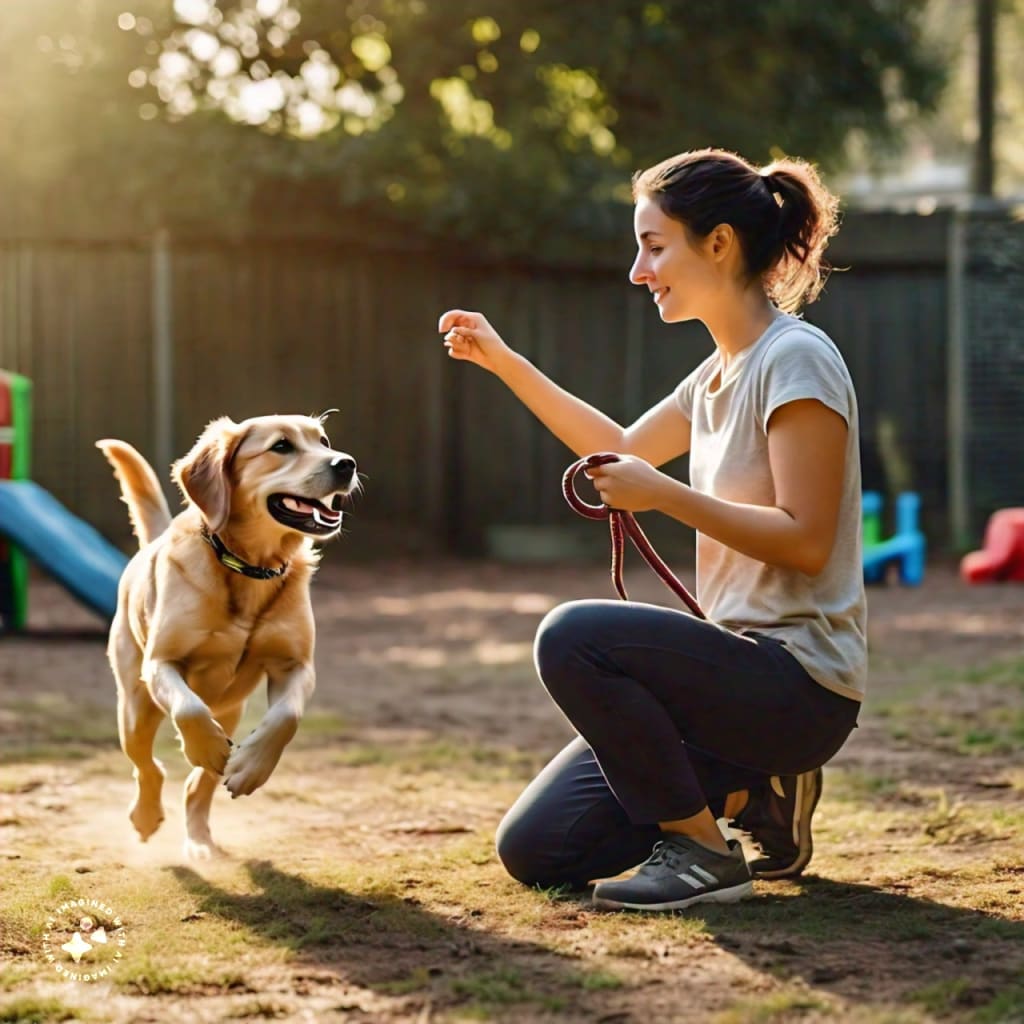How to Train a Dog to Come When Called
A Comprehensive Guide

Training your dog to come when called, often referred to as recall, is one of the most vital commands you can teach. This essential skill not only ensures your pet's safety but also aids in managing their behavior and fortifying the bond between you and your furry companion. While it may seem straightforward, achieving a reliable recall requires patience, consistency, and positive reinforcement. Here’s a comprehensive guide to help you train your dog to come when called.
>>> Get Your Free Dog Training Course Now! Build a Happy, Well-Behaved Canine Companion. Limited Spots Available! <<<
Understanding the Basics
Before diving into the training process, it's crucial to understand the importance of recall. A dependable recall command can prevent your dog from running into dangerous situations, such as traffic or encounters with aggressive animals. It also allows for more freedom during walks and playtime, knowing your dog will return when called.
Step-by-Step Training Guide
1. Choose a Command and a Reward
- Select a specific command, such as “come,” “here,” or a whistle. Ensure consistency and clarity.
- Choose a high-value reward, like special treats, a favorite toy, or enthusiastic praise to motivate your dog.
2. Start Indoors
- Begin in a distraction-free environment to help your dog focus.
- Call your dog from a short distance, using a cheerful tone and showing the reward.
- Reward your dog right away when they come to you.
3. Use a Leash
- Introduce a leash to guide your dog and prevent wandering.
- Call your dog, gently guiding them with the leash, and reward them upon arrival.
- Gradually increase the distance as your dog becomes more responsive.
4. Practice Outdoors
- Move training sessions outside to introduce new challenges and distractions.
- Start in a secure, fenced area and gradually introduce mild distractions.
- Continue rewarding your dog for coming when called.
5. Increase the Difficulty
- Use a long leash to simulate off-leash conditions without the risk.
- Practice in different locations to generalize the command and ensure reliability in various environments.
Advanced Training Techniques
6. Off-Leash Training
- Begin off-leash training in a secure area once your dog is reliable on a long leash.
- Gradually increase distractions and continue using high-value rewards and praise.
7. Emergency Recall
- Teach an emergency recall command for urgent situations.
- Choose a unique word or phrase and use an extra-special reward.
- Practice sparingly to maintain the command's impact.
Tips for Success
- Consistency is Key: Ensure everyone in your household uses the same command and reward system.
- Avoid Punishment: Never punish your dog for not coming immediately, as this creates a negative association.
- Make it Fun: Turn recall training into a game to keep it enjoyable.
- Patience and Repetition: Frequent, brief training sessions are more effective than occasional, lengthy ones.
- Understand Your Dog’s Motivations: Tailor your approach based on what motivates your dog the most.
Troubleshooting Common Issues
- Ignoring the Command: Reduce distractions and use high-value rewards to regain their interest.
- Slow Response: Increase the excitement in your voice and use more enticing rewards.
- Running Away: Call your dog in an excited tone and run in the opposite direction to entice them to follow.
Conclusion
Training your dog to come when called is a rewarding experience that enhances their safety and your relationship. By using positive reinforcement, consistency, and patience, you can teach your dog a reliable recall command. Remember, each dog learns at their own pace, so tailor your approach to suit their personality and motivation. With time and dedication, you'll enjoy the peace of mind that comes with a well-trained, responsive dog. Happy training!
>>> Get Your Free Dog Training Course Now! Build a Happy, Well-Behaved Canine Companion. Limited Spots Available! <<<
About the Creator
Quinn Mercer
A dog trainer and animal behavior enthusiast with over 11 years of experience, I share practical, positive reinforcement techniques to help you build a strong bond with your furry friend.
Enjoyed the story? Support the Creator.
Subscribe for free to receive all their stories in your feed. You could also pledge your support or give them a one-off tip, letting them know you appreciate their work.






Comments (1)
You are helping many persons who want to train their dogs by themselves.